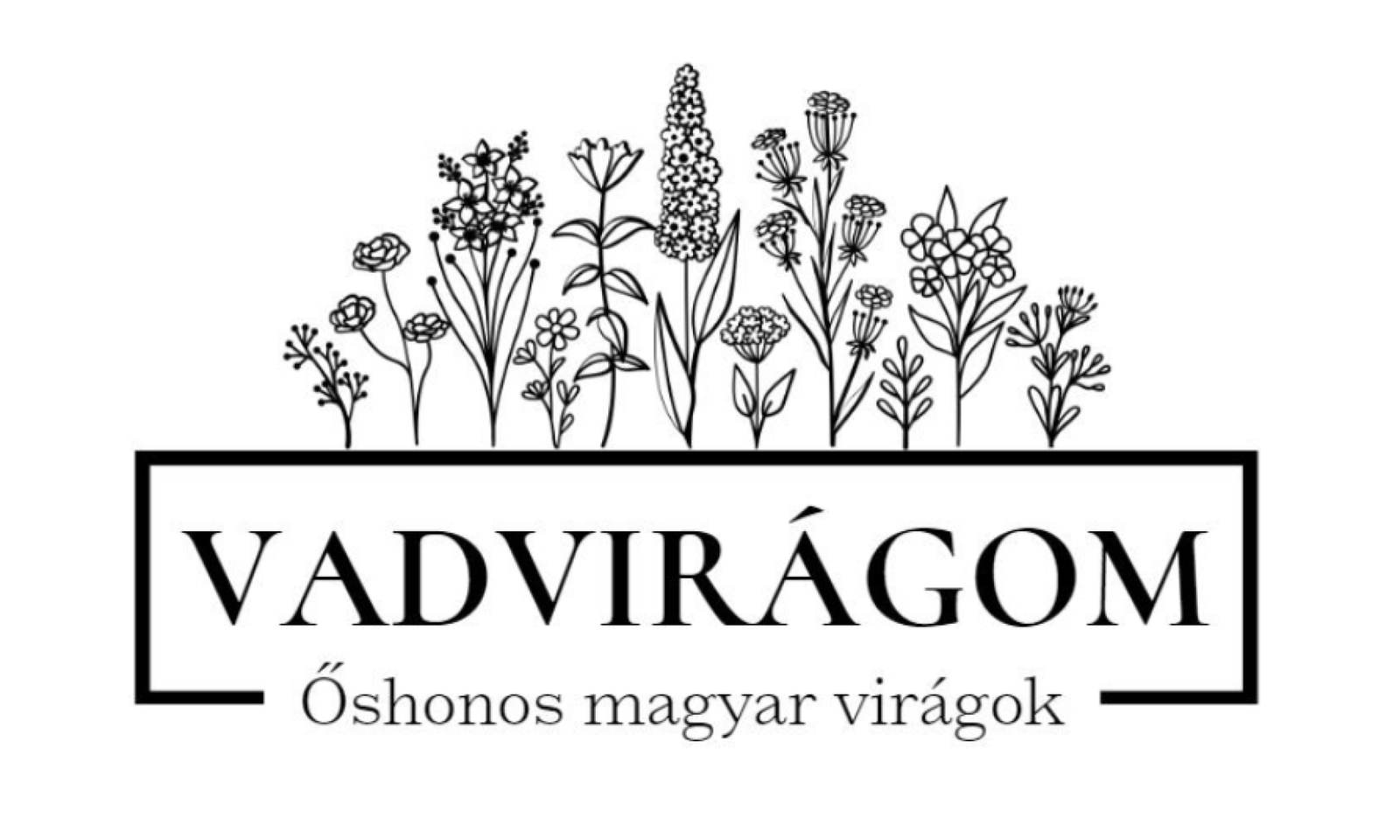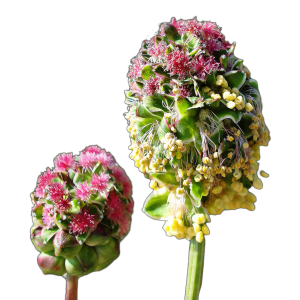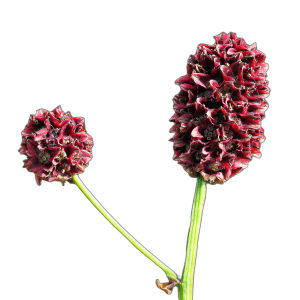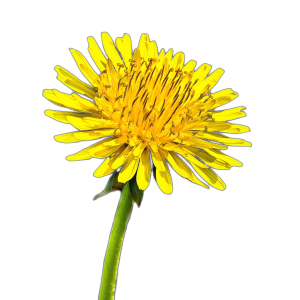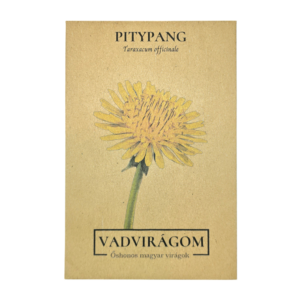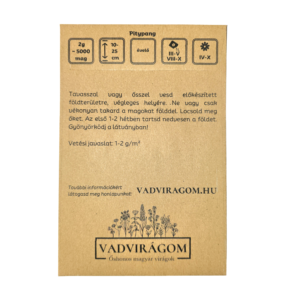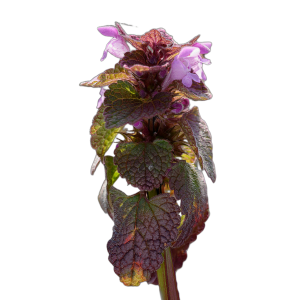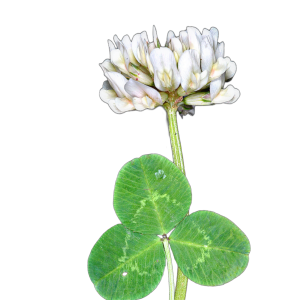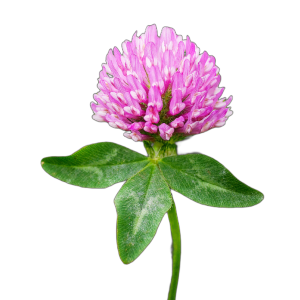-
-
Add to basket
- Add to wishlistAdd to wishlist
- edible, perennial, herb, herbaceous, butterfly, bee-feeder, native
Sanguisorba minor 1g, ~125 seeds
- 875 Ft
- Sanguisorba minor (Sanguisorba minor), or little bloodroot, is a perennial, native wildflower. According to legend, it got its name from the fact that the Hun prince Csaba used it to heal the wounds of his soldiers after a battle because of its haemostatic properties. It is also an edible herb: its leaves have a nutty, cucumber taste and are excellent in salads. Like its relative, the autumn bloodroot, it is a food plant for many of our butterflies, for this reason alone...
Add to wishlistAdd to wishlist -
Add to basket
-
-
Add to basket
- Add to wishlistAdd to wishlist
- edible, perennial, herb, herbaceous, butterfly, bee-feeder, native
Autumn bloodroot (Sanguisorba officinalis) 0,1g, ~50 seeds
- 875 Ft
- Autumn bloodroot (Sanguisorba officinalis) or medical bloodroot is a perennial, native wildflower. It has been used as a medicinal herb since ancient times, mainly for its haemostatic properties. Its aqueous or alcoholic extract with gillyweed has proven antimicrobial properties. Its ecological importance is mainly associated with the protected Natura 2000 species bloodroot, for which it is the sole and exclusive food plant. The bloodroot buttercup leaves its eggs after laying them on the flowers of the autumn bloodroot. The caterpillars...
Add to wishlistAdd to wishlist -
Add to basket
-
-
Add to basket
- Add to wishlistAdd to wishlist
- edible flower, perennial, may be sown in grass, medicinal plant, beekeeper, native grassland, native
Dandelion (Taraxacum officinale) 2g, ~5000 seeds
- 875 Ft
- I don't think anyone needs to be introduced to our best-known herb, which is time for better marketing than ever before. The dandelion (Taraxacum officinale) is one of our most useful flowers for bees: its spring opening is an important time for bee feeding and it also flowers for a long time, even into late autumn. All parts of the flower can be used and eaten: the flower can be used to make syrup, the leaf can be used to make salad, and the root can be used to make chicory.
Add to wishlistAdd to wishlist -
Add to basket
-
- Out of StockRead more
- Add to wishlistAdd to wishlist
- 10/10 pollinator, annual, edible, herb, bee-feeder, native
Red Orris (Lamium purpureum) 0,1g, ~145 seeds
- 875 Ft
- The red orris (Lamium purpureum) is very valuable for pollinators, as its early spring flowering (if sown in autumn) provides plenty of food for the bumblebee queens that awaken from hibernation. Its fresh shoots are a reddish-reddish-reddish colour, which is how it can be distinguished from other orphan species and from the similar round-leaved bush-flower. Properties: other names: bee-weed, bee-flower, orphan buttercup Latin name: Lamium purpureum family: Lamiaceae life: annual flowering time: march-september size: 10-25 cm soil:...
Add to wishlistAdd to wishlist -
-
-
Add to basket
- Add to wishlistAdd to wishlist
- edible, perennial, herb, beekeeper, nitrogen bomb, native, nativegrassland
White testis (Trifolium repens) 10g, ~15000 seeds
- 875 Ft
- Would you like to be crouched down and scanning the land for four-leaf clovers? Maybe not the best advertising slogan, but it's certainly one of the uses of white testicles :) If not for that reason, you might want to plant white testicle (Trifolium repens) for its nitrogen-fixing or nectar-producing properties. The nectar of white testis is mainly preferred by honey bees and short-tongued bees, while bumble bees and other long-tongued bees...
Add to wishlistAdd to wishlist -
Add to basket
-
-
Add to basket
- Add to wishlistAdd to wishlist
- edible, perennial, herb, beekeeper, nitrogen bomb, native, nativegrassland
Red here (Trifolium pratense) 10g, ~6500 seeds
- 875 Ft
- Red testicle (Trifolium pratense) is a coloured version of white testicle. The nectar in its flowers is deeper than in the white testicle, so it is mainly visited by long-tongued bees, such as bumblebees. But it often produces so much nectar that even shorter-tongued bees such as honeybees can reach it. All bee species collect pollen from it. It can be a great colourful addition to your lawn! It is also used as a medicinal plant. Properties: latin...
Add to wishlistAdd to wishlist -
Add to basket
